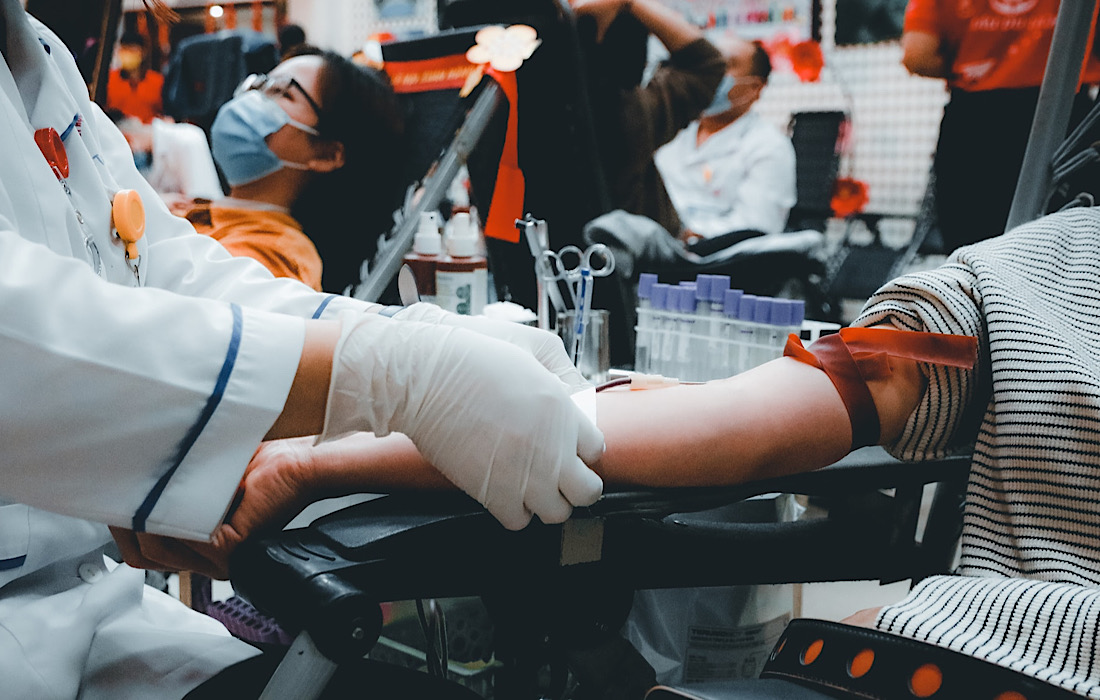World Sepsis Awareness Day: Do You Know the Symptoms?
Sepsis is a life-threatening condition caused by the body’s response to an infection. It can lead to organ failure and even death if not treated promptly. On September 13th, the world comes together to raise awareness about sepsis and educate people on its symptoms. This initiative, known as World Sepsis Awareness Day, aims to encourage early recognition and timely treatment of sepsis, ultimately saving lives.
Sepsis can affect anyone, from young children to the elderly. Understanding the symptoms is crucial in order to seek medical help without delay. Common signs of sepsis include a high fever (above 101°F or 38.3°C), rapid breathing, increased heart rate, confusion or disorientation, and extreme discomfort. In some cases, the skin may appear mottled or discolored, indicating poor blood circulation. It is essential to act swiftly if you or a loved one experience these symptoms, especially if they are accompanied by an infection.
One of the challenges of sepsis is that its symptoms can often be mistaken for other less severe conditions. For example, a racing heart, fever, and lethargy may be attributed to flu or general exhaustion. However, the key differentiating factor of sepsis is the rapid deterioration of the individual’s health. If an infection’s symptoms worsen quickly, it’s wise to consider sepsis as a possible cause, particularly if there is a history of recent surgeries, urinary or respiratory tract infections, or compromised immunity.
Early diagnosis plays a significant role in saving lives. If sepsis is suspected, immediate medical attention should be sought. Prompt treatment usually involves a combination of antibiotics to target the underlying infection, intravenous fluids to maintain blood pressure, and oxygen therapy, if necessary. Patients with severe sepsis or septic shock may require additional interventions, such as ICU admission or mechanical ventilation.
Moreover, prevention is always better than cure. While it may not always be possible to prevent infections, there are several measures that can reduce the risk of developing sepsis. Here are a few important steps to consider:
- Practice good hygiene: Regularly wash your hands with soap and water, especially before eating or after using the restroom. This helps prevent the spread of harmful bacteria and viruses.
- Keep your vaccinations up to date: Vaccines provide protection against infections and reduce the chance of developing complications that may lead to sepsis.
- Take care of wounds: Clean and dress any cuts or wounds properly to minimize the risk of infection. Consult a healthcare professional if you notice any signs of infection, such as redness, swelling, or discharge.
- Follow safe food practices: Cook food thoroughly, avoid cross-contamination, and refrigerate perishable items promptly to prevent bacterial growth.
In conclusion, World Sepsis Awareness Day serves as a reminder to be vigilant about sepsis, to know its symptoms, and to take immediate action if suspected. Recognizing the signs, seeking medical attention promptly, and practicing preventive measures can make a significant difference in the outcome. By working together to increase awareness, we can save countless lives from this potentially devastating condition.
